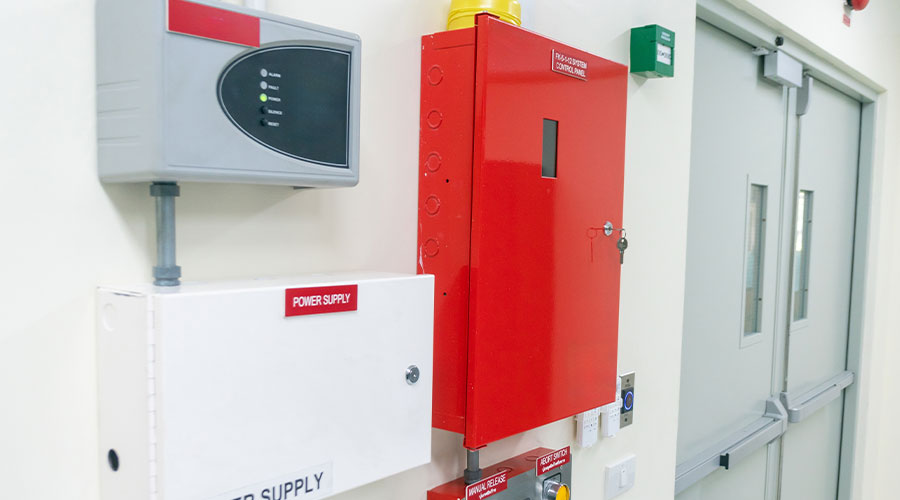« Back to Facilities Management News Home
« Commercial Office Facilities
Commercial Real Estate Development Boosts U.S. Economy
New development and ongoing operations of existing commercial real estate buildings in the United States – office, industrial, warehouse and retail – generates significant economic growth at the state and national levels. The combined impact: Commercial real estate supported 7.6 million American jobs and contributed $935.1 billion to U.S. GDP in 2017.
The annual study “Economic Impacts of Commercial Real Estate,” published by the NAIOP Research Foundation, measures the contributions to GDP, salaries and wages generated, and jobs created and supported from the development and operations of commercial real estate.
New commercial real estate development and ongoing operations of existing buildings supported 7.6 million American jobs in 2017 (a measure of both new and existing jobs), resulting in salaries and wages of $286.4 billion.
New commercial real estate development and ongoing operations of existing buildings contributed $935.1 billion to U.S. GDP in 2017.
524 million square feet of office, retail, warehouse and industrial commenced construction in 2017, with capacity to house more than 1.3 million new workers.
“The importance of commercial development to the U.S. economy is well established, and the industry’s growth is critical to creating new jobs, improving infrastructure, and creating places to work, shop and play,” says Thomas Bisacquino, NAIOP president and CEO. “Commercial real estate is a robust contributor to national and state economies, and NAIOP is dedicated to working with the administration, Congress and state legislators to develop bipartisan infrastructure investment incentives that empower our industry to expand.”
The report identifies several key factors that are expected to impact economic growth in 2018 and beyond, including:
- Interest rates that are projected to move higher in 2018 as the Federal Reserve raises its rate three-quarters of a point in three increments over the year;
- Labor shortages that are already appearing in several key sectors — including construction — and will tighten further in 2018 with resulting increases in wage inflation;
- Energy prices that are currently projected to stay relatively steady in 2018, but slightly above the 2017 average; and
- The impact of the new 2017 federal tax law and the effects of lower tax rates on consumer spending and corporate investment.
More From 3/1/2018 on FacilitiesNet







